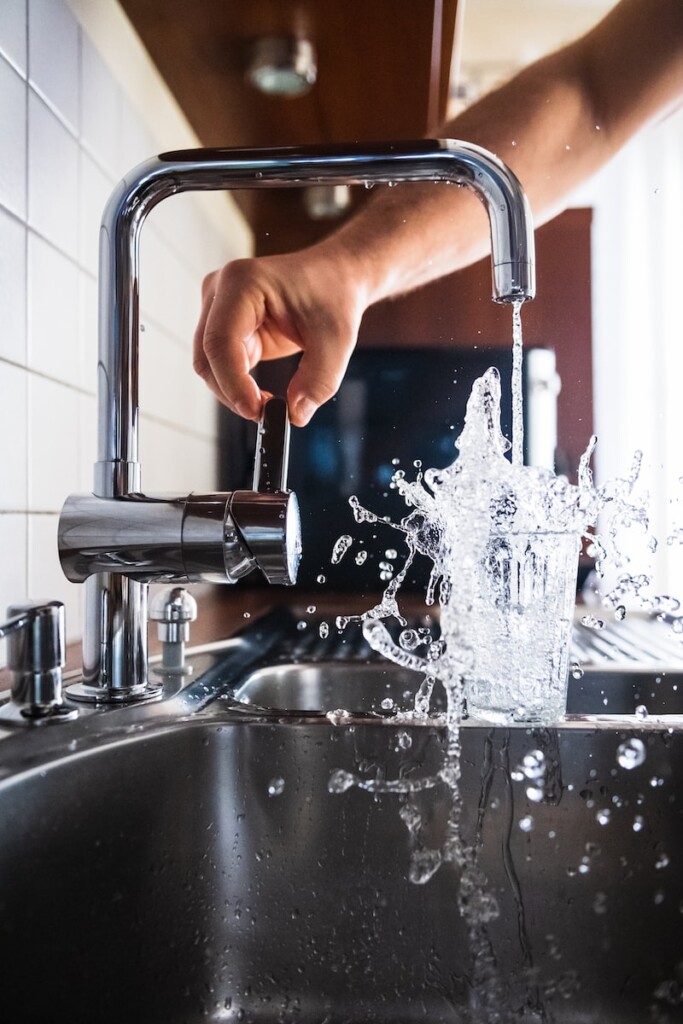In Person Or Zoom 7 Session Package
In This 7 Session Package…
I explain the ‘easy to understand’ benefits of clean eating and how nutritional changes can happen, and healthy habits develop.
We live in an environment that makes healthy choices increasingly difficult. Having a nutritional consultant, or as I like to refer to myself: “A Personal Trainer in Healthy Nutrition” can be incredibly helpful. Receiving healthy nutritional knowledge makes options and choices easy. With my course you will learn to:
- Keep a healthy and happy balance. The key is not to demand perfection, but simply placing resistance in the path of unhealthy triggers. For example, no junk food allowed in the house. Don’t let perfection get in the way of your greatness!
- Jumpstart into a healthy lifestyle, including an initial nutritional assessment, current level of motivation and client accountability.
- A hands-on approach (actually doing something rather than learning about it from books) to help guide clients through 7 weeks of healthy nutrition. These 7 weeks will consist of a majority whole food plant based eating.
- Clients will strive for: 100% Whole grain or Gluten Free foods when eating from packages such as bread, grains, pasta, etc.; Add more leafy greens to daily meals; Increase daily consumption of fruits and Increase hydration everyday.
- Sample Weekly Meal Plans.
- One session per week guiding behavioral eating changes, incorporating healthy nutrition into daily routine.
- Assessment Review with Client
- Touch upon topics such as label reading, being prepared, choices when eating out, healthy alternatives and many more.
This 7 Session Package enables clients to see the wonderful changes in their bodies and reinforces a desire to continue on this journey of improved health. My goal in developing this course is for each client is to realize the impact of healthy nutrition on our mind-body-spirit. I hope they will continue to utilize what they’ve learned in my program for them to reach the full potential of their healthy lifestyle changes.
Adopting a healthy lifestyle takes time and effort, but it is so worth it.

The Course Price IS: $895 for a single client,
or a special discounted couples rate of $995.
Call Me Direct To Make An Appointment: (708) 267-1413
or
email: FHHealthyHeartbeats@gmail.com
or
At My Office:
16810 East Avenue of the Fountains
Suite 202, Fountain Hills
AZ 85268
Hours:
Mon – Fri 8am – 4pm
Sat: By Appointment
Sun: Closed
Welcome to a Healthier You
About Our Online Course
At Healthy Heartbeats, we have a commitment to well-being. Our online Wellness Course was created with better health in mind. With my guidance, your journey to a healthy lifestyle can be attained through continually learning about the many healthy choices that are available to you that you might not be aware of. By adhering to the advice presented in this course, achieving success is within reach, as you cultivate new and healthier habits that seamlessly integrate into your daily routine.
I will guide you on your healthy lifestyle journey by emphasizing the mind-body-spirit aspects of the clean eating lifestyle, and how incorporating these aspects can improve your health. My goal is to help you embrace good healthy nutrition so you can age gracefully, with much more energy, confidence and peace!
What You Will Learn
My recipes and meal plans will show how this can be accomplished to accommodate any lifestyle. Busy working families, empty nesters, active seniors, and anyone seeking natural, healthy, nutritional advice can benefit from this course. The best part about our online course is that it’s convenient, flexible, and works around your schedule. The course is completely self-paced allowing you to go at your own pace.
In each of the 11 lessons, we will dive into foundational concepts to improve your health such as clean eating, inflammation fighting foods, basic label reading and more. Taking the first step to improve your eating habits is life-changing! Congratulations on choosing a course that can help you turn your health around.
Lesson 1 is free to preview. When the course is purchased, lessons 2-11 will become accessible along with our course workbook.
Curriculum
Lesson #2: Fast and Easy Basic Label Reading
Make Grocery Store shopping confusion a thing of the past. Learn basic label reading & go boldly into your local grocer armed with the knowledge of a savvy shopper.
Lesson #3: Simple Ways To Pre-Prep Meals
Now that you have been to the grocery store, it is time to pre-prepping your food! Get ready to start chopping, sorting, bagging, and storing those veggies.
Lesson #4: Inflammatory Foods & Filtering
When inflammation rears its ugly head, it is nice to know what caused it in the first place, and how to prevent it from happening again!
Lesson #5: Whole Foods That Can Be Beneficial to the Cardiovascular System
If you are old enough to read this, you have already learned that your heart pumps blood to your body to supply organs with nutrients & oxygen. Now it is my job to help you choose the most beneficial nutrients to fuel those organs efficiently!
Lesson #6: Natural & Processed Sugars
Sugars come in several forms from many different sources. Learning the difference between “good” and “bad” sugars can mean the difference between healthy food choices and not-so-healthy ones!
Lesson #7: Real Health Benefits of Fiber & Hydration to a Body
Believe it or not, water falls soundly into the category of nourishment, so how much water do we need to drink to stay healthy?
Lesson #8: The Healthy Protein - Plants
Before you started this course, would you ever have thought that you could derive so much protein benefit from plants?
Lesson #9: Keeping the Healthy Switch On for Life
If you had the choice to flip a switch to turn your health around and bring quality living back into your life, you’d do it, wouldn’t you? The decision is simple, and the answer is: YES!
Lesson #10: Application of Your New Healthy Habits
Now that you have learned the basics of how to improve your eating habits, and how to eat cleanly, it’s time to apply that clean eating mindset and use it to improve your health.
Lesson #11: Pharmacy In Your Kitchen
In the Pharmacy In Your Kitchen nutrition course, you'll embark on an enlightening journey into the world of nutrition and wellness. This course is your gateway to unlocking the remarkable healing potential found within the ingredients and foods that reside right in your kitchen.
Synthetic Food Dyes
Monthly Newsletter – August ’23
Synthetic Food Dyes
(And Their Risks To Children)
Despite the decades old controversy surrounding synthetic food dyes and their possible link to hyperactivity in children, the FDA has yet to establish a causal relationship between the two!

What’s Taking So Long?
When asked by Consumer Reports Magazine (November 14, 2022 | Updated February 2, 2023) what was taking so long to act on the issue of regulating Synthetic Food Dyes (Specifically Red Dye #3), the FDA responded with the following statement. “The FDA evaluates and approves color additives for certain uses, based on the most current science available at the time. Following our initial evaluation, our scientists continue to review relevant new information to determine whether there are safety questions and whether the use of such substance is no longer safe under the Federal Food, Drug, and Cosmetic Act.”
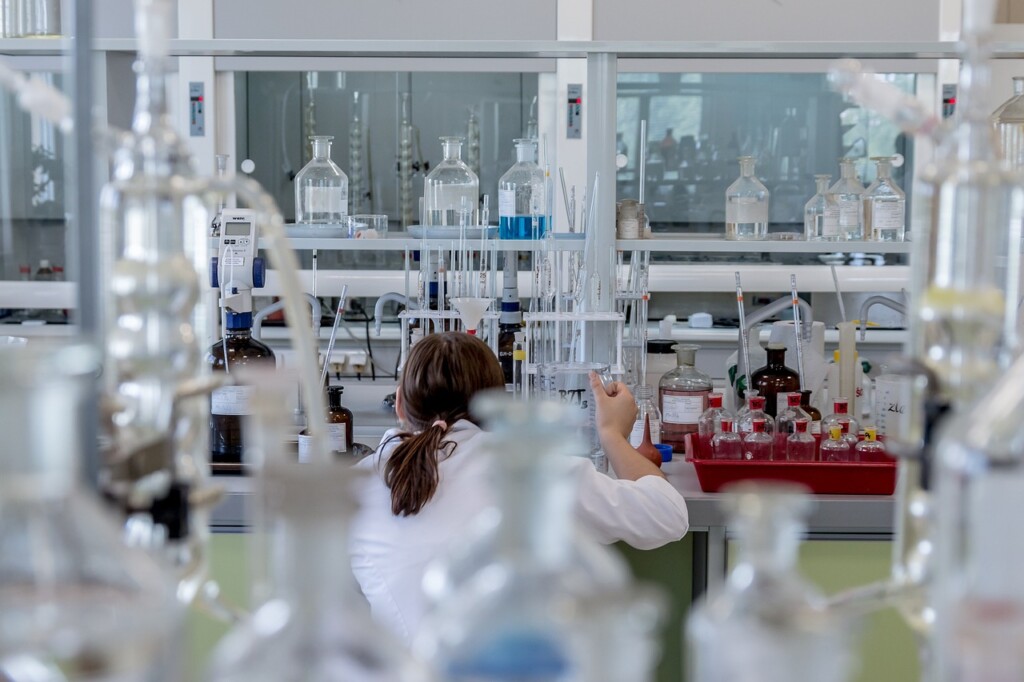

Legislation:
Legislators in California are currently pushing for warning labels to be placed on food products containing artificial food dyes, so parents can make informed decisions about what their children eat.
This move is similar to what the European Union did back in 2007, which required warning labels on products containing certain dyes. As a result, many manufacturers opted to remove synthetic food dyes from their European market altogether and used natural dyes instead.
Who May Be Most Affected by Food Dyes?
Food safety experts and advocates agree that while dyes likely pose risks to people of all ages. Young children may be the most vulnerable. Even older studies suggest a link between food coloring and children’s behavioral problems. In fact, 64 percent of the 27 clinical studies analyzed showed an association between food coloring and children’s behavioral problems. Recent studies were more likely to show a correlation, with 5 out of the 6 studies done after 1990 reporting statistically significant results.
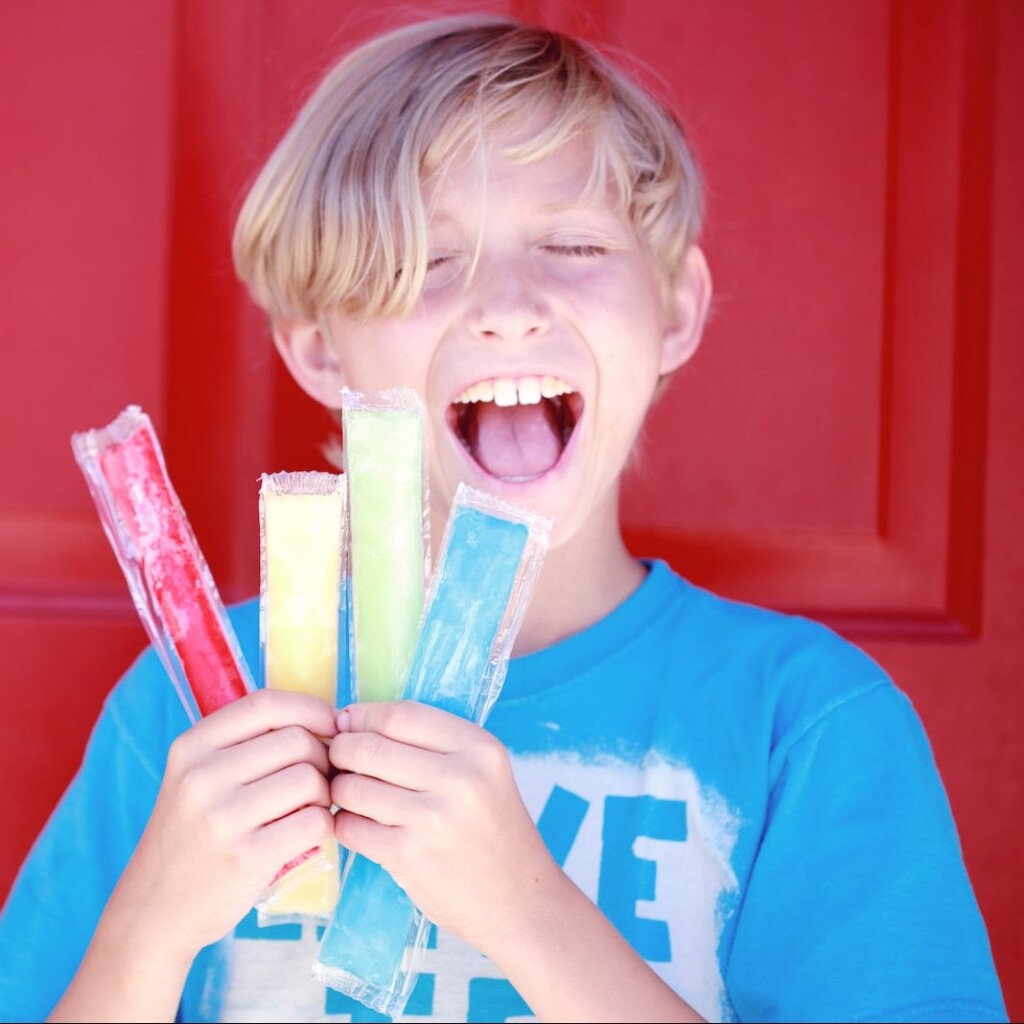

What Is Being Done Currently?
The FDA suggests that parents who wish to limit their children’s intake of synthetic dyes check food ingredient lists on labels. Some consumer advocacy organizations are pushing for the FDA to either revoke approval for dyes or to inform consumers about the risks from them. A senior scientist at the Center for Science in the Public Interest, claims that dyes and artificial colorings aren’t vitamins or nutrients. Simply stated, they are cosmetics used to make unhealthy foods look more appealing to children.
What Can Parents Do To Protect Their Children?
The precise effect of dyes, even in the best-run clinical trials, can be difficult to tease out. Foods with artificial colors often have other additives, like sugar, that may influence behavior. Many families claim that they can pinpoint dyes as the cause of their children’s issues. They are accomplishing this simply by a process of elimination.
Without government intervention likely in the matter anytime soon, that is my recommendation for families with young children. Avoid foods and drinks that contain U.S. certified colors Red #3, Red #40, Blue #2, Yellow #5 (Tartrazine), Yellow #6 (Sunset Yellow), as well as sodium benzoate. If your child’s health has been improved, then you know that you have taken a step in the right direction.
In a word…Do your own due diligence when your family’s health is at stake! Read current peer reviewed medical journals and reports on the subject. Investigate who is backing the studies you read about in those journals. Determine if the study is biased one way or another. Make informed decisions based upon what YOU have learned yourself in those readings.
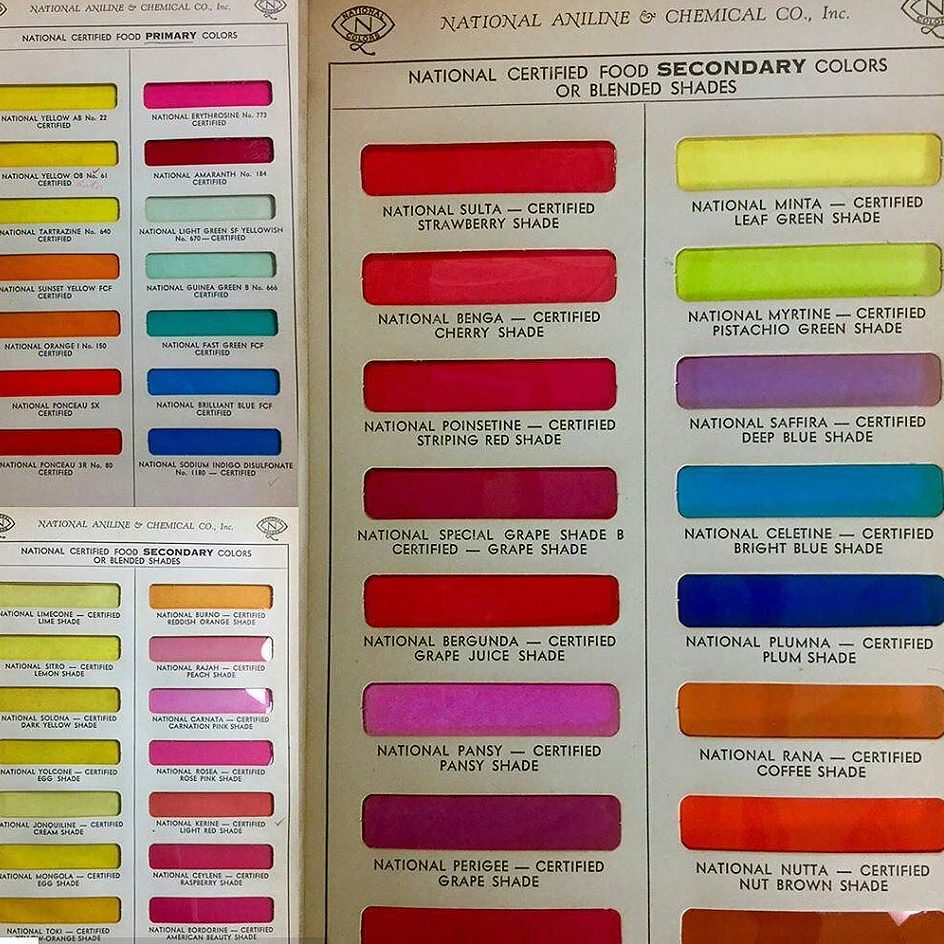
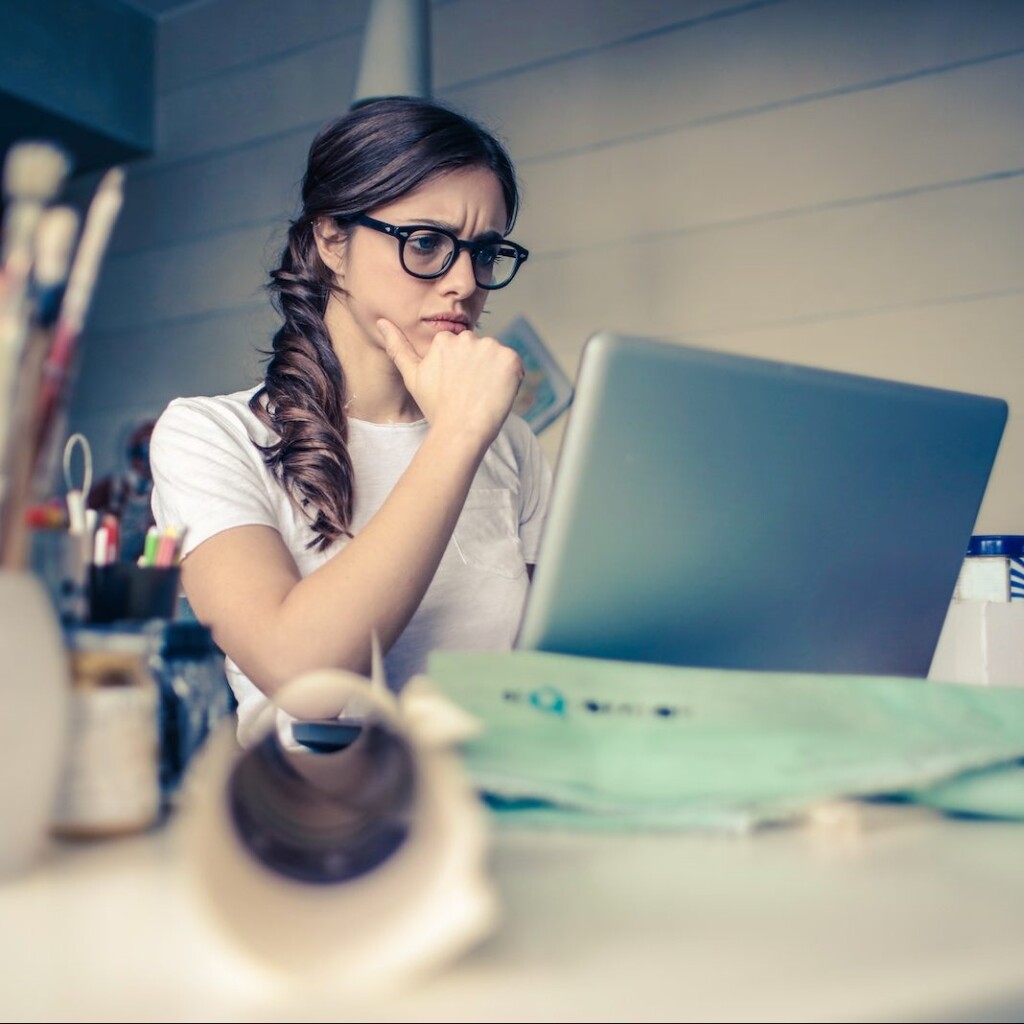

In Summary:
Ultimately, the debate over synthetic food dyes and their potential impact on children’s behavior continues. The push for more transparency and education on the matter is growing. Legislators and advocacy groups are uniting in a call to action. Warning labels and more information on food product labels are suggested. Check out the section on Label Reading in my Wellness Academy for more guidance on that subject.
Membership Newsletter Volume 3 – March 2023 – The Truth About MSG
This Month’s Topic:
The Truth About MSG
Monosodium Glutamate (MSG):
Monosodium Glutamate (MSG) was originally invented in 1908 by Japanese biochemist Kikunae Ikeda. He was attempting to isolate and duplicate the taste of kombu, an edible seaweed used as a base for many Japanese soups. He discovered Glutamate, filed a patent, and began to market it as a flavor enhancer.
Glutamate adds a new dimension to the flavor of food referred to as umami. Prior to the discovery of Glutamate, our taste sensations were described as sweet, sour, bitter, and salty. With MSG in the picture, our tastes now include umami, which is described as a savory or meaty flavor.
Produced through fermentation today, MSG is most commonly associated with restaurant Chinese food, but it is very frequently used as an added flavor enhancer in fast foods, frozen meals, canned soups and vegetables, processed meats, and potato chips.
In the interest of brevity, I’m not going to cite any specific studies individually, but I will say that the topic has been studied and hotly debated for decades. The Food and Drug Administration (FDA) has classified MSG as a food ingredient that’s “generally recognized as safe”, but the use of MSG continues to remain a topic of discussion in some circles, so the FDA mandates food label inclusion of this controversial ingredient.
I should begin by stating that this additive has the potential to be harmful. I have to begin with the fact that MSG adds large amounts of Sodium to your diet. I’m no fan of Sodium in any form. MSG also has side effects that range from obesity to liver damage. In some susceptible people, consumption of MSG can trigger short-term symptoms such as asthma attacks, chest pain, nausea, rapid or fluttering heartbeats, or worsened migraine headaches.
MSG can also trigger Chinese Restaurant Syndrome (CRS), a collection of symptoms including sweating, headache, flushing, and, in more serious cases, swelling of the throat and chest pain. In defense of Chinese restaurants, however, some studies have
concluded that they can be attributed to overuse or inconsistent use of MSG.
I’ll try to explain some of the science behind my aversion to MSG. I have to begin with obesity. Most people cringe when they hear the word obesity because, let’s face it, people across the globe are getting larger, so the odds are pretty good that you know someone with a weight issue. One research study concluded that MSG given to newborn mice increases their body weight by almost 8 percent. What seems like an insignificant percentage could really be quite staggering when put into perspective.
Let’s equate that very same 8% increase in body weight to that of a 200-pound man. I’m using an adult male because other research also indicates similar changes to adults who consume too much MSG. That 8% would increase this man’s weight by 16 pounds bringing him up to a whopping 216 pounds! Increases in total cholesterol, triglycerides, VLDL, and LDL (both types of “bad” cholesterol), body mass index, body fat, and obesity in general, are associated with MSG use and can all occur.





MSG Side Effects: Brain Damage and Chemical Changes
There are also some very frightening chemical changes that occur in the body as a result of consuming MSG.
Adiponectin, a protein critical to regulating blood sugar and energy use, is lowered by 60 percent. This reduction causes an increase in blood sugar levels and a decrease in metabolism. This combination can cause weight gain and food cravings.
The chemical messenger Leptin becomes unrecognizable to the brain. Leptin is normally released by fat cells and then travels to the brain to deliver the signal to stop eating.
When people consume MSG, receptors in the brain become incapable of receiving this signal. Our bodies adapt and try to increase Leptin production by fat cells, but the MSG does it’s a job more efficiently, so the damage is done (at least temporarily). The brain’s perceived lack of Leptin leads to an increased appetite.
MSG = Liver Damage
MSG causes the inflammation of blood vessels in the liver, the destruction of red blood cells, and the death of liver cells. Studies also indicate that it stimulates the creation of chemicals that are responsible for inflammation.
As if that weren’t enough, most MSG-laden foods are also disproportionately high in trans fats. This combination of MSG and trans fats can cause the development of nonalcoholic fatty liver disease (a condition in which fat is deposited inside the liver often leading to cirrhosis). Fatty liver disease can trigger insulin resistance, resulting in high blood sugar and blood insulin levels.


Diabetes
Diabetes is a type of insulin resistance. Insulin is being produced and released into the bloodstream, but body cells are unable to use it effectively. This prevents glucose from passing into cells, resulting in high blood sugar, decreased energy, and increased appetite.
Pregnant Mothers & Newborns
Lest we forget the most important of all, let’s consider our new mothers and those soon to be. Mothers who are pregnant or nursing should be extremely careful to avoid MSG, and baby food ingredients should be carefully checked as well. Infants and unborn children can also suffer brain damage due to overexposure to MSG. MSG has a stimulatory side effect on the brain which can damage the brain cells of newborns. This damage often leads to convulsions and seizures during infancy.


MSG by any other name is still…MSG!
Since the FDA requires manufacturers to list MSG on the food label, one simply needs to know what to look for. MSG can be listed by any of the below names. The first list ALWAYS contains MSG, while the second list CAN contain it. Commit them to memory, it could help save your life!
These ingredients ALWAYS contain MSG:
- Autolyzed yeast
- Calcium caseinate
- Gelatin
- Glutamate
- Glutamic acid
- Hydrolyzed protein
- Hydrolyzed corn gluten
- Monosodium glutamate
- Monopotassium glutamate
- Natrium glutamate
- Sodium caseinate
- Textured protein
- Yeast nutrient
- Yeast extract
- Yeast food
These ingredients CAN contain MSG:
- Barley malt
- Bouillon
- Broth
- Carrageenan
- Citric acid
- Enzymes
- Enzyme modified
- Fermented
- Flavors and flavorings
- Maltodextrin
- Malt extract and flavoring
- Natural beef flavoring
- Natural chicken flavoring
- Natural flavors and flavorings
- Pectin
- Protein fortified
- Protease
- Protease enzymes
- Ultra-pasteurized
- Seasonings
- Soy sauce, (sauce extract, protein, protein isolate, concentrate)
- Stock
- Whey protein, (protein concentrate, isolate)
Some of the most common food sources of MSG include:
- Hydrolyzed vegetable protein
- Miso, tempeh, soy protein
- Processed meats and fish, including ham
- Soup, broth, bouillon cubes
- Soy sauce, fish sauce, oyster sauce
- Tomato and vegetable sauces
- Yeast extracts
Time to begin reading your labels more carefully! The best way to avoid MSG is to avoid fast food and frozen, pre-packaged meals. Be especially cautious of canned soups and rice, even at restaurants.
